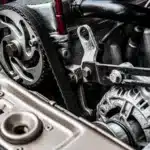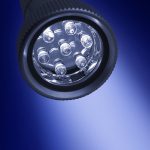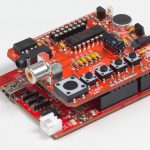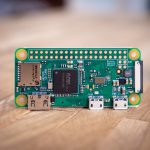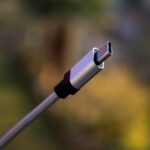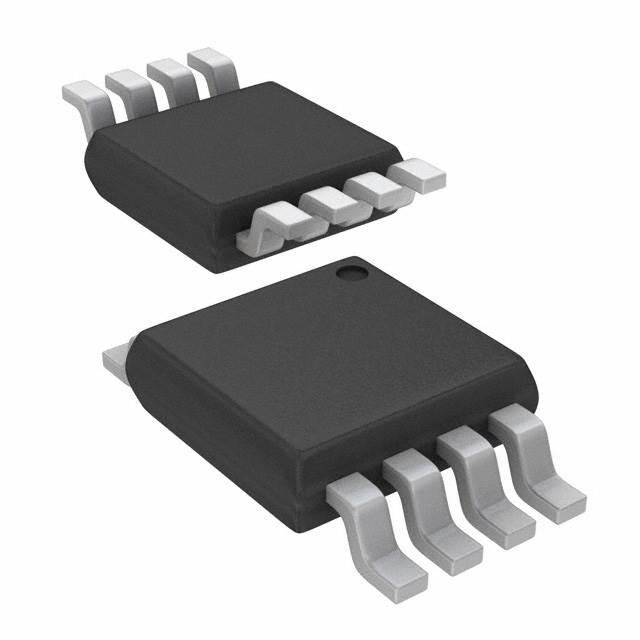
Linear regulator
Linear regulators form the basic building block of power supplies used in many electronics today. Despite DC/DC converters being efficient linear regulators are a preferred choice for many designers. Linear regulators are low cost, demand few external components and there is no switching to generate noise. Linear regulator chips are compact, reliable and are readily available. There are many suppliers out there that manufacture theses chips and many online vendors that stock them. When used in the right application, linear regulators can be a great choice.
How linear regulators work
Linear regulators utilize a closed feedback loop to bias a pass element so as to maintain a constant voltage across its output terminals. It operates a bipolar or a field effect power transistor (FET) in its linear mode. The transistor plays the role of a variable resistor in series with output load.
Above is an example of an implementation of a linear regulator. In order to establish a feedback loop, an error amplifier senses the DC output through a sampling resistor network and . It then compares this value to that of the feedback voltage to that of . The output voltage of the error amplifier drives the base of the series power transistor through a current amplifier. When decreases or the load current increases, output voltage decreases. Feedback voltage decreases too leading to the error amplifier and current amplifier to generate more current toward to base of the transistor Q1. This results in the reduction of voltage drop bringing back output voltage in such a manner that equals .
The vice versa is also true, if increases, the negative feedback circuit increases so as to ensure accurate of 3.3V output. Simply, the variation of is absorbed by the regulator transistor voltage. As a result, output voltage is always constant and well regulated.
Benefits of using linear regulators
Advantages
Linear regulators are high integrated. Some of them are also adjustable when used with resistor dividers. Listed below are more advantages of linear regulators:
- Simple
- Low-cost
- Quick response to changes in input, voltage while producing an output voltage that is free of any ripple.
- Quick response to changes in load
- No switching noises. Unlike DC-DC switching convertors, linear regulators do not have high-frequency switching noise.
Disadvantages
They are inefficient since the voltage drop across the pass element. This could lead to the linear regulator being hot. This means a designer will need to pay a lot of attention to the expected heat dissipation for their application and implement sufficient heatsinking to tame temperature raise.
Important data sheet parameters
Maximum input voltage
This is the maximum voltage that can be supplied to the input terminal without damaging the linear regulator.
Current rating
This is the maximum current the regulator can source. This depends on factors like input-output voltage differential, heatsinking and ambient temperature.
Input voltage-output voltage differential
This parameter only comes into play when vetting adjustable linear regulators.
Drop-out voltage
This is the minimum input-output voltage differential that the regulator can handle.
Summary
Linear regulat</p>
ors have the advantage of very smooth and stable output with very little noise. However, but they can be less efficient than DC-DC converters. They are also not ale to step-up the input voltage like their switched counterparts. Despite all that, there are numerous applications in which the linear switching regulator has an upper hand.







